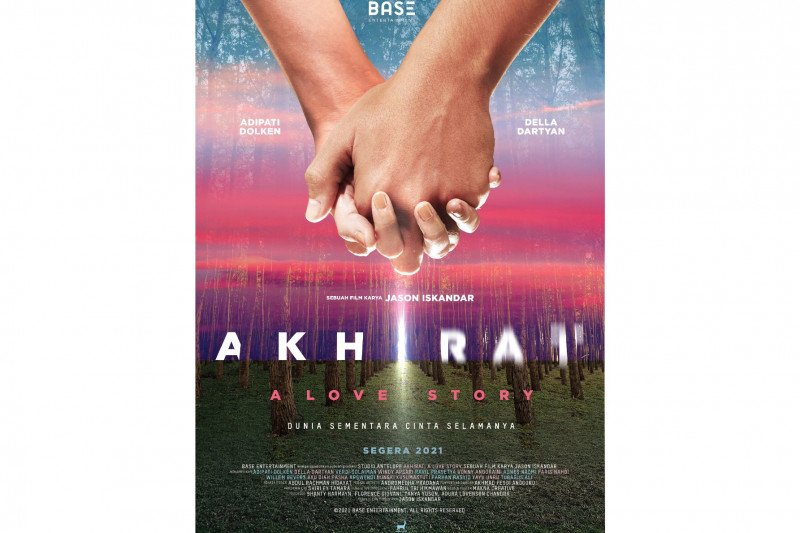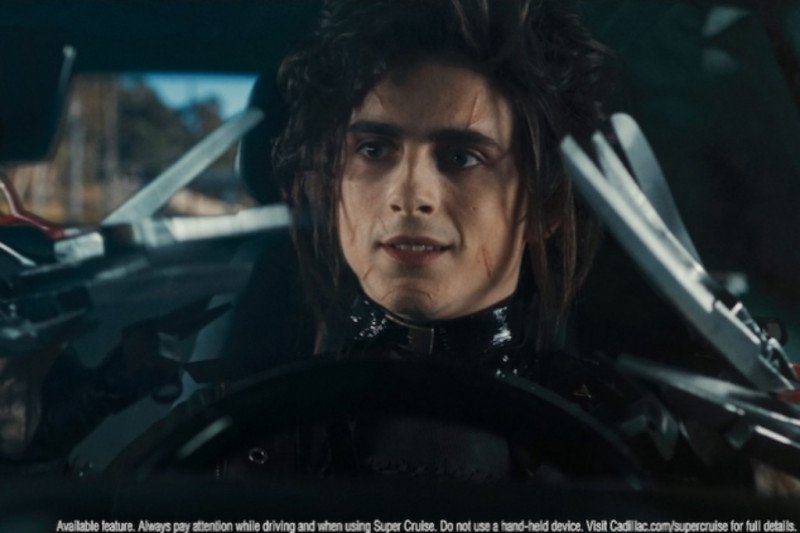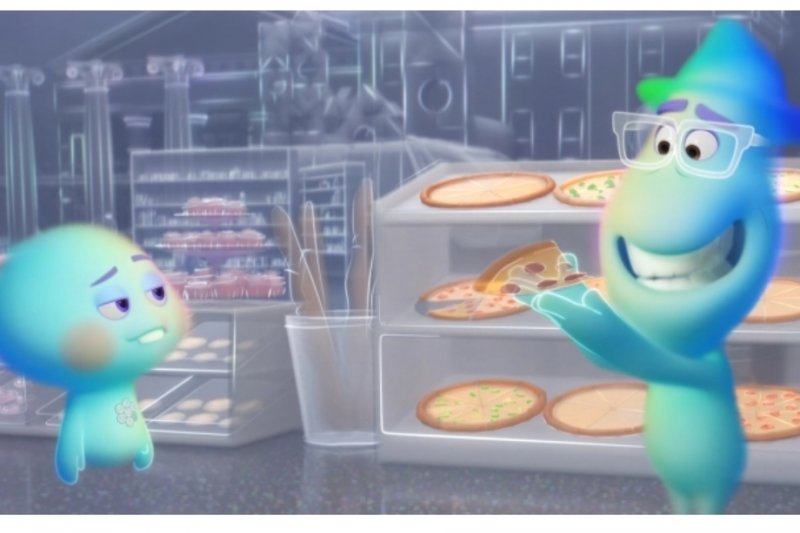https://www.youtube.com/watch?v=Caxwob1iKX4
Jazz and hip hop have been in a lively conversation in recent years, breaking new ground for both forms, as the work of artists like Kendrick Lamar and his collaborators amply shows. Lamar created his majorly-acclaimed albums To Pimp a Butterfly and Damn with the indispensable playing and arranging of jazz-fusion saxophonist Kamasi Washington and his frequent sideman, bassist Stephen “Thundercat” Bruner, who have contributed to the work of Flying Lotus. That’s the artist name of Stephen Ellison, nephew of Alice and John Coltrane, who has also been instrumental, no pun intended, in reshaping the sound of contemporary hip hop.
“The influence cuts both ways—from jazz to hip hop and back again,” writes John Lewis at The Guardian. Or as Washington puts it, “We’ve now got a whole generation of jazz musicians who have been brought up with hip-hop. We’ve grown up alongside rappers and DJs, we’ve heard this music all our life. We are as fluent in J Dilla and Dr Dre as we are in Mingus and Coltrane.”
The fusion of avant-garde hip hop with live jazz improvisation, instrumentation, and arranging may seem like a new phenomenon, though one could date it at least as far back as the Roots’ early 90s debut.
https://www.youtube.com/watch?v=_srvHOu75vM
“Hip hop’s love affair with jazz goes back more than 30 years,” Lewis writes. The music was everywhere in the 90s, in the foreground on the records of A Tribe Called Quest, De La Soul, and Digable Planets and in more cut-and-paste ways in albums like Nas’ instant classic Illmatic, produced by Pete Rock, who crafted tracks like “N.Y. State of Mind” from layered samples of Ahmad Jamal, Donald Byrd, and little-known jazz-funk outfits like Jimmy Gordon & His Jazznpops Band. As pianist Robert Glasper shows above in the brief NPR Jazz Night in America video at the top, “Jazz is the mother of hip-hop.”
Both jazz and hip hop were born out of oppression, and both are forms of protest music, “going against the grain,” Glasper argues. But there’s more to it. Why do hip hop producers gravitate toward jazz, chopping and lifting classics and obscure rarities? For a wealth of melodic content—”for a mood, for a sonic timbre, for a unique rhythmic component,” writes interviewer Alex Ariff on YouTube; for a shared history of struggle and celebration and a desire to change the sound of music with each release. Glasper’s brief, three-minute demonstration is fascinating and it could, as one YouTube commenter points out, easily extend to three hours.
https://www.youtube.com/watch?v=pDga7tJL2UU
Until he makes that video, you can find jazz samples in hip hop records to your heart’s eternal content at Whosampled.com and consider how the influence of hip hop on jazz musicians has created new forms of fusion akin to Miles Davis’ experiments in the 70s. “I never had a problem moving between jazz and hip hop,” says Washington. “People like to compartmentalize music, especially African-American music, but it’s really one thing. One very wide thing…. When I first played some Coltrane-type stuff on the Pimp a Butterfly sessions, Kendrick got it immediately. ‘I want it to sound like it’s on fire,’ he’d say. That’s the kind of common ground that the best jazz and the best hip-hop have.”
via The Kids Should See This
Related Content:
How Nina Simone Became Hip Hop’s “Secret Weapon”: From Lauryn Hill to Jay Z and Kanye West
The History of Hip Hop Music Visualized on a Turntable Circuit Diagram: Features 700 Artists, from DJ Kool Herc to Kanye West
150 Songs from 100+ Rappers Get Artfully Woven into One Great Mashup: Watch the “40 Years of Hip Hop”
Josh Jones is a writer and musician based in Durham, NC. Follow him at @jdmagness
How Jazz Became the “Mother of Hip Hop” is a post from: Open Culture. Follow us on Facebook, Twitter, and Google Plus, or get our Daily Email. And don't miss our big collections of Free Online Courses, Free Online Movies, Free eBooks, Free Audio Books, Free Foreign Language Lessons, and MOOCs.











 Poster film terbaru Adipati Dolken dan Della Dartyan yakni "Akhirat: A Love Story" resmi dirilis.
Poster film terbaru Adipati Dolken dan Della Dartyan yakni "Akhirat: A Love Story" resmi dirilis. Dudy Oris dan Lala Karmela membuka lembaran baru karier musik mereka di tahun 2021 dengan merilis lagu "Kau dan Aku".
Dudy Oris dan Lala Karmela membuka lembaran baru karier musik mereka di tahun 2021 dengan merilis lagu "Kau dan Aku". Timothee Chalamet berperan sebagai Edgar Scissorhands atau anak dari Edward Scissorhands, namun ini bukan sekuel sebuah film 1990 melainkan iklan Cadillac LYRIQ untuk Super Bowl.
Timothee Chalamet berperan sebagai Edgar Scissorhands atau anak dari Edward Scissorhands, namun ini bukan sekuel sebuah film 1990 melainkan iklan Cadillac LYRIQ untuk Super Bowl. Film Disney/Pixar "Soul" terus bersinar di luar negeri dengan pendapatan hampir menembus 100 juta dolar Amerika atau 96,2 juta dolar.
Film Disney/Pixar "Soul" terus bersinar di luar negeri dengan pendapatan hampir menembus 100 juta dolar Amerika atau 96,2 juta dolar.